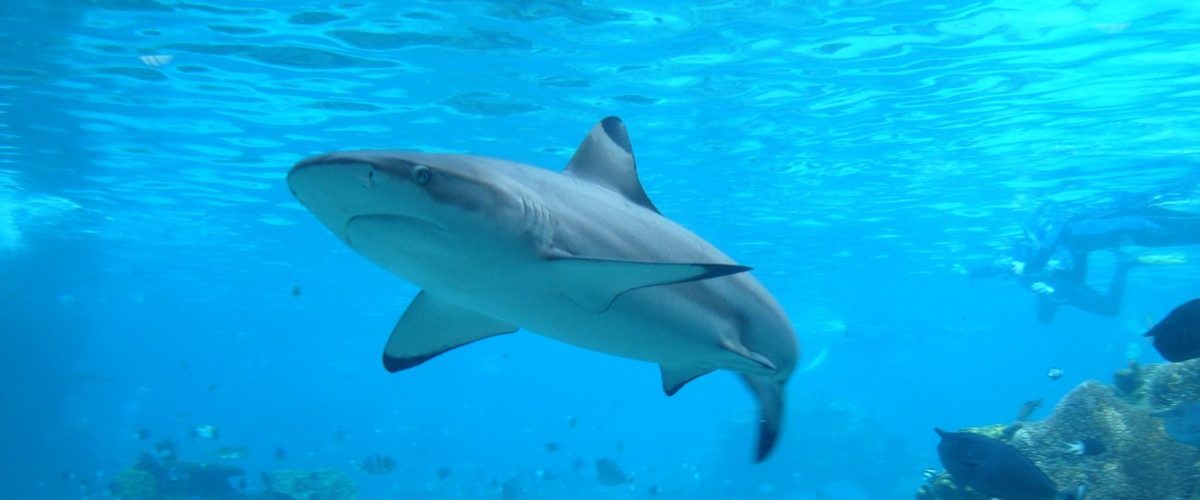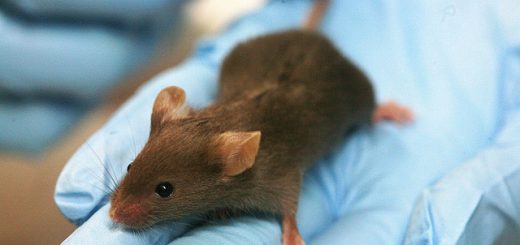Sharks: monsters or saviours

As many of us know by now, Jaws really was just bad PR for sharks: they are nowhere near the vicious monsters that Hollywood would have you believe them to be. According to the Florida Museum of Natural History[1], you only have a 1 in 3,748,067 chance of being killed by a shark — TINY, if you compare it to the odds of simply dying by falling: 1 in 218. Not only are they less threatening than we may have been led to believe, but some research has also shown that these prehistoric beauties may be the answer to some of our own biological problems.
Scientists have seen that sharks are hardy animals: seemingly resistant to many diseases. Naturally, as a species very susceptible to many such ailments this became the subject of a great deal of research by us humans. Labs studying a chemical known as squalamine, which had been found in the dogfish shark, discovered this chemical to have antiviral properties[2]. When infecting tissue cultures, squalamine prevented the dengue virus from entering red blood cells and prevented hepatitis viruses B and D from entering human liver cells.
This incredible molecule is thought to work by a process known as electrostatic remodelling: cells have an electrostatic charge across their membrane. A small amount of voltage difference is maintained between the outside of the membrane and the inside to regulate what comes in and goes out of the cell either via proteins embedded in the membrane itself or sometimes through a process called endocytosis. In endocytosis, the membrane engulfs a molecule on the outside of the cell and brings it inside, almost “swallowing” it. What squalamine can do is interrupt this endocytosis by disrupting the electrostatic charge across the membrane. With the electrostatic charge not working at its optimum, membrane structures that regulate functions such as endocytosis, are displaced, and many viruses that would rely on endocytosis to enter, cannot[3].
Despite promising first results, there have not been any trials to test its efficacy as an antiviral drug in humans. It has shown some promise in other areas, such as treating cancer and macular degeneration, but trials with these have struggled to obtain effective results from the testing companies[4]. However, discoveries like this show the importance of maintaining our ecosystems, we never know where our next life-saving drug may come from; maybe even from a prehistoric monster of the deep!
Edited by Liam Butler
Copy-edited by Claire Thomson
[1] http://www.floridamuseum.ufl.edu/shark-attacks/odds/compare-risk/death/
[2] http://wonglab.seas.ucla.edu/research/immunity-and-antimicrobials/shark-immune-system/
[3] http://wonglab.seas.ucla.edu/pdf/2011%20PNAS%20%5BZasloff,%20Wong%5D%20Squalamine%20as%20a%20broad%20spectrum%20antiviral%20agent%20with%20therapeutic%20potential.pdf
[4] https://www.globenewswire.com/en/news-release/2018/01/05/1284092/30231/en/Ohr-Pharmaceutical-Announces-Efficacy-Results-from-the-MAKO-Study-in-Wet-AMD.html







